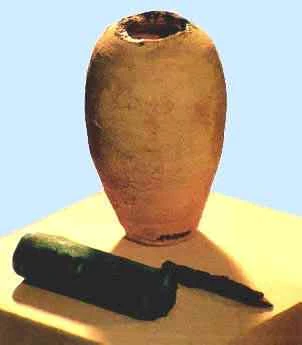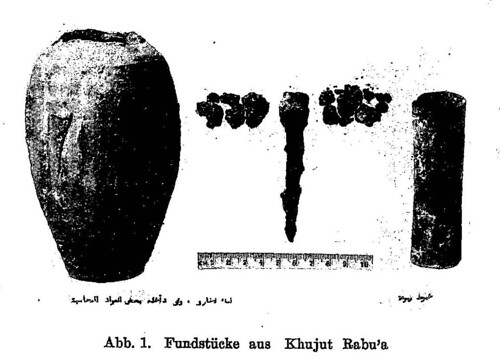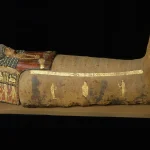The Time Paradox: The 2,000-Year-Old Baghdad Battery Challenging History

An astonishing artifact is housed in the Baghdad Museum: a 2,000-year-old electric battery. With the oldest specimen dating back to 250 BCE, its very existence defies modern understanding of humanity’s technological timeline. Discovered in 1936 near Baghdad, this marvel, commonly known as the “Parthian Battery,” reveals an intricate design: a ceramic jar, a metal rod, and an iron cylinder, all sealed with asphalt. When filled with an acidic liquid, this ancient contraption could generate electrical energy, akin to modern carbon-zinc batteries, producing about 2.0 volts.
The Scientific Conundrum and Origin Theories
The purpose and origin of the Baghdad Battery remain shrouded in mystery. No ancient texts reveal who created it, what it was used for, or the science that drove its design. What’s truly mind-blowing is that its mere existence hints at a comprehension of electricity, a staggering 1,700 years before we were supposedly “discovered” it.
Nothing comparable to the Baghdad Battery appears in the historical record before or for a millennium and a half after its creation. This raises serious speculation: Could it be that this battery did not originate in Baghdad at all but was instead found and repurposed by the Arabs? After all, knowledge of electricity was purportedly non-existent on Earth during that era.
Connecting the Ancient Dots

So, which ancient civilization could have originally designed the Baghdad Battery? If they possessed even a rudimentary understanding of electricity, what other advanced insights might they have held? One bold hypothesis links the Baghdad Battery to the Great Pyramid of Giza. Specifically, the Pyramid’s granite core hints at a design that could generate a subtle electrostatic charge due to the piezoelectric properties of its quartz. Could it be that the architects of the Great Pyramid were also behind the creation of the Baghdad Battery?
The existence of this ancient battery pushes the boundaries of our historical understanding and forces us to reconsider the potential sophistication of ancient civilizations—far beyond our current imaginations.











